
There is a period in Spring, before the grass greens and other plants become gaudy with color, when one looks expectantly at the branches wondering when buds and birds will show themselves. It is also a time to look at silhouettes – some of which also have their own seasonal changes.
This series of images, initially posted on our Facebook page, are derived from photos taken on walks near Hawthorne Valley Farm, but many of the trees are widespread in our region. How many of the trees can you recognize from their outlines before looking at the captions?

Larch
Larches are our only regional native conifer which is deciduous; that is, it loses its needles each winter. During this season, it’s easy to assume they’re a dead spruce. But keep an eye on them and you’ll see that clusters of bright green needles soon appear.
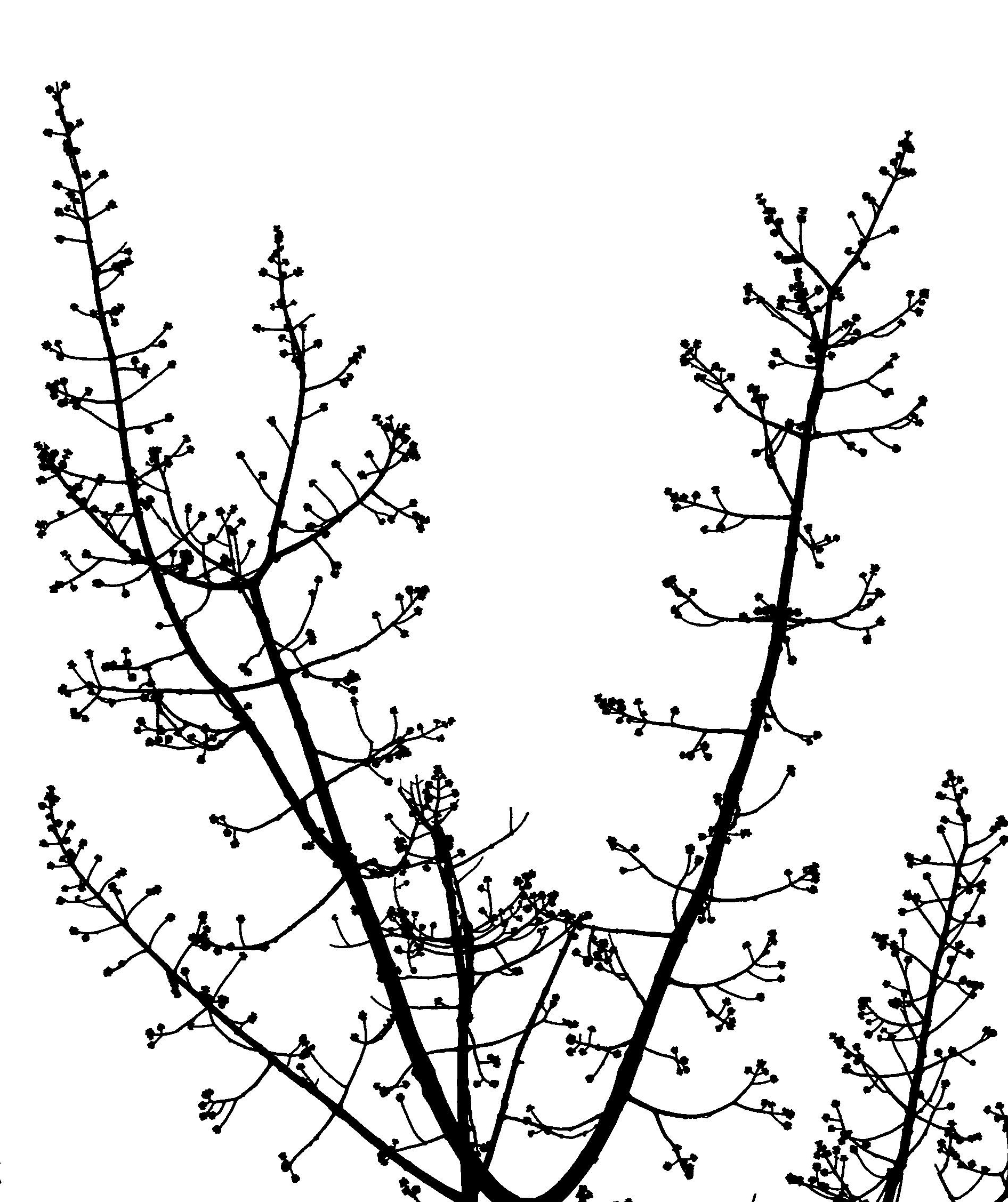
Red Maple
Since the time I took this photograph (6 April) and now (11 April), these flower buds have burst, producing Red Maple’s floral fireworks. The flowers are small but look for a grey tree now hazed with red and then inspect its branches closely – these are beautiful flowers when seen up close.

Red Winged Blackbird
These birds bring a splash of visual color and plenty of auditory color. They arrived back a month or more ago. This one was calling from a snag close to a nearby wetland.

Ash
The stocky, opposite branches of ashes are easily noted in the canopy. Unfortunately, many of our regional ashes are dying because of the arrival of the Emerald Ash Borer. The trunks of such trees are often starkly obvious as woodpeckers strip the bark in apparent pursuit of the Borer or perhaps subsequent insect arrivals to the rotting wood.

Red Oak (or something close to that)
Oaks often keep their leaves in winter, providing a touch of brown tan to the grey of the forest.
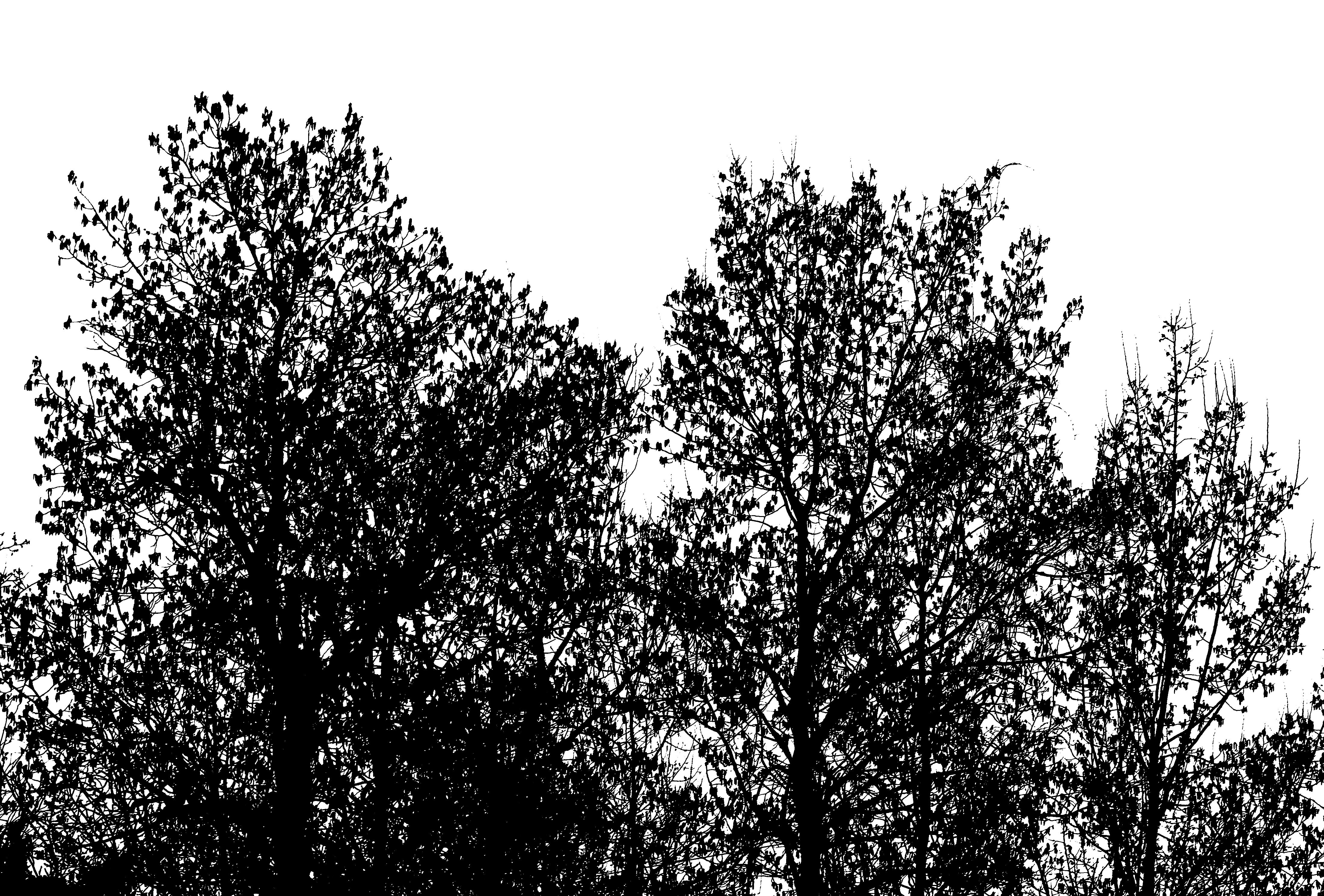
Aspen
The Aspen are in flower, and their long catkins are dangling down like tiny bedraggled socks. Slightly earlier in the year, Ruffed Grouse (one of which I think I heard near here this Spring) may have browsed in these branches.

Grey Squirrel nest
Grey Squirrels sometimes make nests (aka dreys) out of twigs, leaves, moss and other materials. The nests serve both as nighttime quarters and nursery.

Shagbark Hickory
Shagbark Hickories exhibit what botanists call ‘Gothic Branching’. Just kidding, but the branches of Shagbark often seem to form thought-provoking webs against the sky. This one may be showing some ‘witch’s brooms’ (that IS an official botanical term) – those oddly spaced clusters of dense branching. Such structures occur in a variety of trees and can come about for a range of reasons.

Sumac
Sea worms? These are the now-stripped stalks that once held the sumac’s reddish seed clusters.

Red Cedar
Sun-growing Red Cedar quickly comes into old pastures, abetted by the fact that its sharp needles deter browsers. If the forest quickly grows around them, then they will often be shaded out, but Red Cedar on forest edges, such as this one, can grow long and large.

Cell Tower
Rigid is the word that comes to mind.

White Pine
One can almost hear the subtle swishing woosh that White Pine’s needles make in the wind. I haven’t yet found the audio guide to ‘tree calls’, but it could be useful.

Alder
Alders have the male flowers in supple catkins, while the female flowers are in woody cones.

Nannyberry
Purveyor of the Northwoods dates. Well, not really, but the dry, sweet fruit of this viburnum is reminiscent of true dates. It looks as if creatures or weather have already stripped this bush of its fruits.

Sugar Maple
Sugar Maple has a lighter spray than Red Maple and doesn’t show Red Maple’s tiny pompoms of flower buds.

Grey Squirrel in Elm
The squirrel may well have been feeding on this elm’s swelling flower buds.

Grape Tangle
Unlike bittersweet, grape vines aren’t stranglers. Many are native. Nonetheless, they can form a heavy, shading load. The ecology of northeastern grape vines seems to be an understudied area of forest ecology.
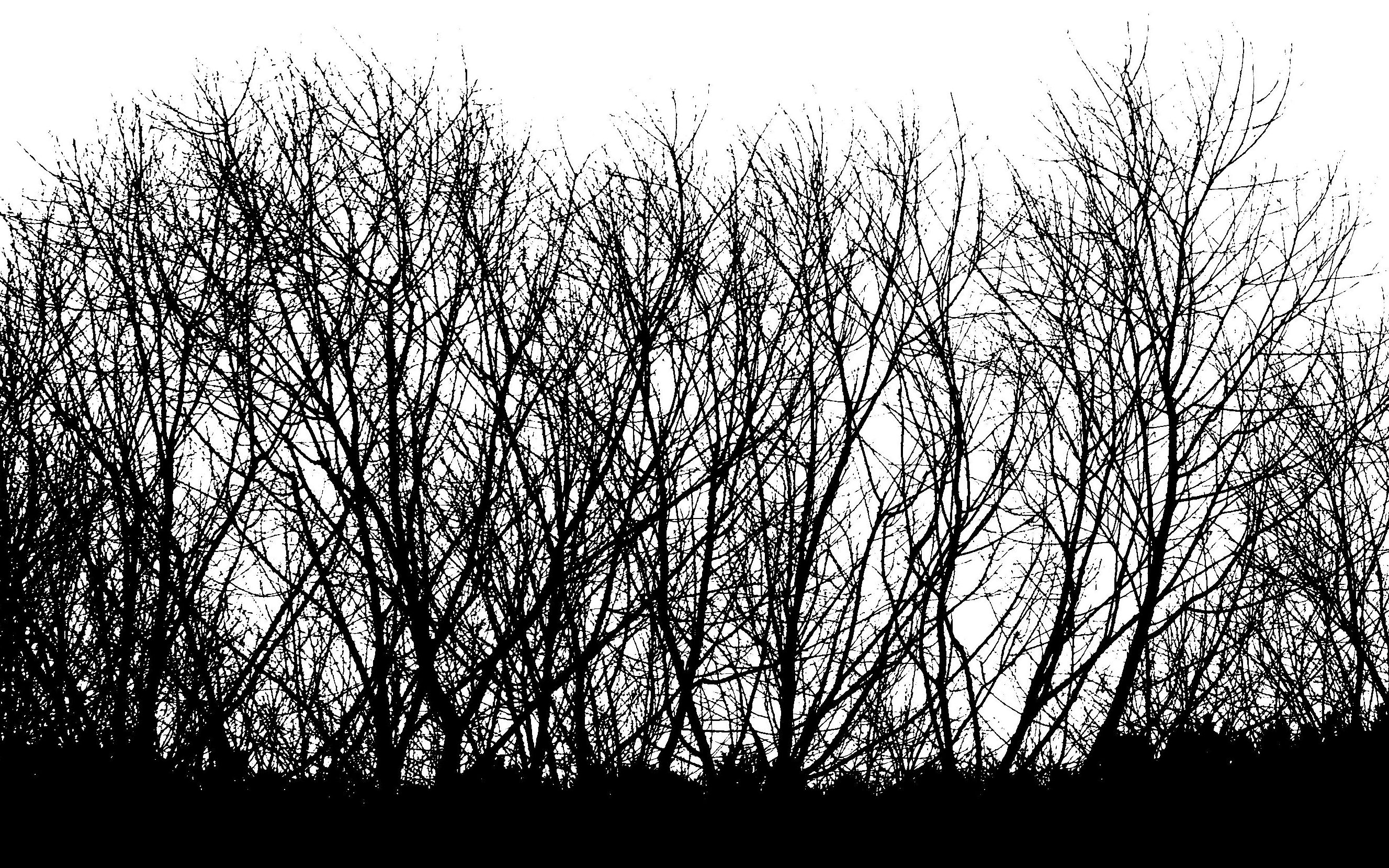
Willow
Willows end in wisps. Their flexible branches may help make them more resistant to damage from the floods that regularly hit their waterside haunts.

Catalpa
Catalpa’s dangling pods are distinctive (however, it’s not a legume). Originally a tree of the Deep South, it has been widely planted and can grow well north of its earlier range.

Elm
This appears to be a gangly, fast-growing elm. Although Dutch Elm disease killed many of our elms, they can still be common in various habitats, especially stream sides.

A rip, a river, a snag.
Hard to know what tree this was during life, but elm would seem to be a possibility.
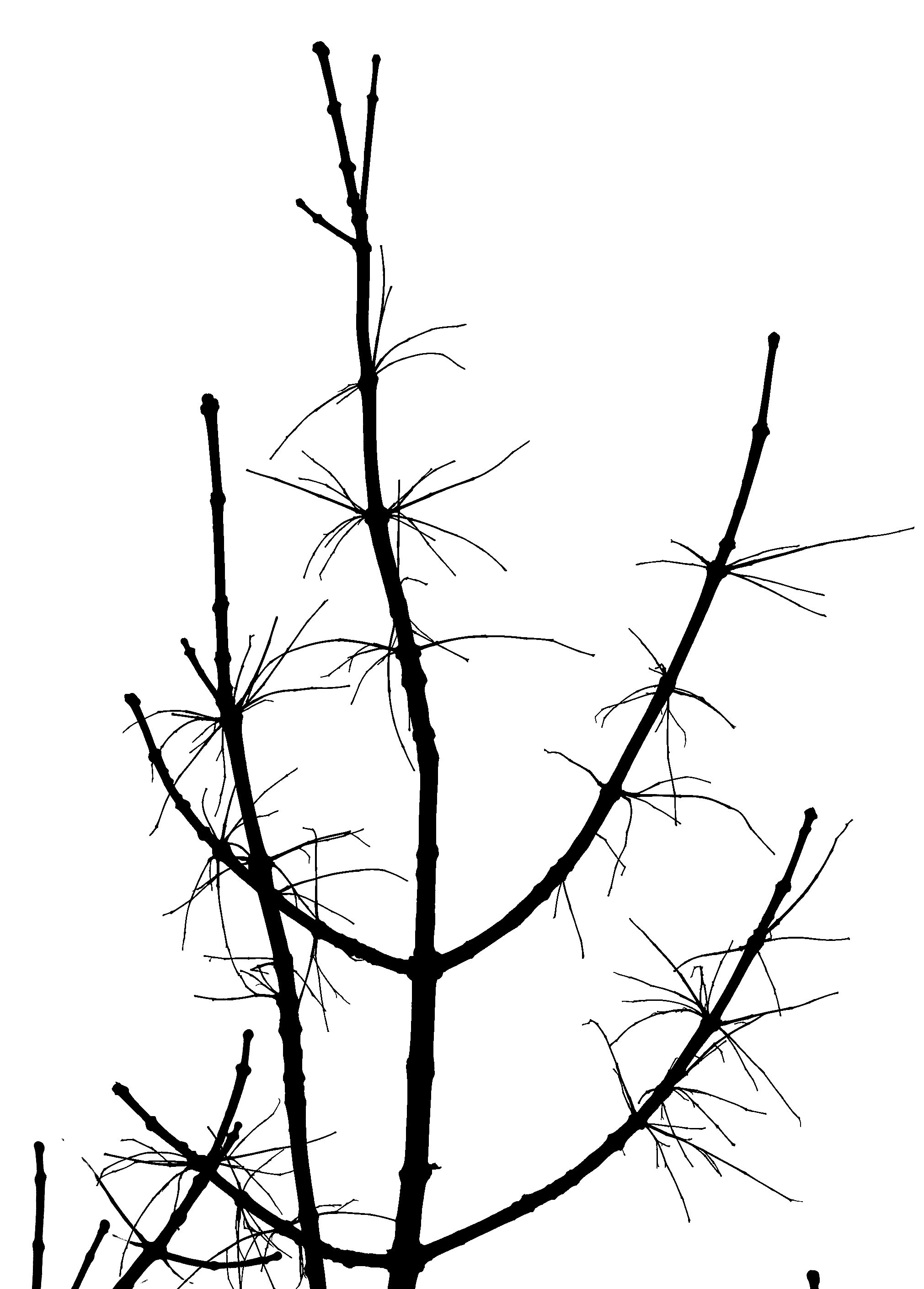
Ash again.
The thick ash branches contrast with the fine whorls of seed stalks from which once hung this tree’s elongate samaras. Winter winds seem to have cleaned house.

Red Maple and spruce
We have very few native spruce trees in the County; spruce’s densely packed needles are most often seen where they were planted in backyards, parks and the like.

Norway Spruce
As the name suggests, Norway Spruce is not native (although Norway Pine is!). It is widely planted, and its Eeyore-like dropping branches are distinctive.

Black Cherry.
Dogged. Black Cherry is another tree of young forests. Look for its dark, scaly bark. Its branches are sometimes marked with distinctive woody swellings of Black Knot fungus.

Grey Birch
Grey Birch is the more winnowy cousin of White Birch. Grey Birches are common in our forests, especially in old field regrowth. Despite their name, their bark is quite whitish, but their stature and frequent clustering help identify them.
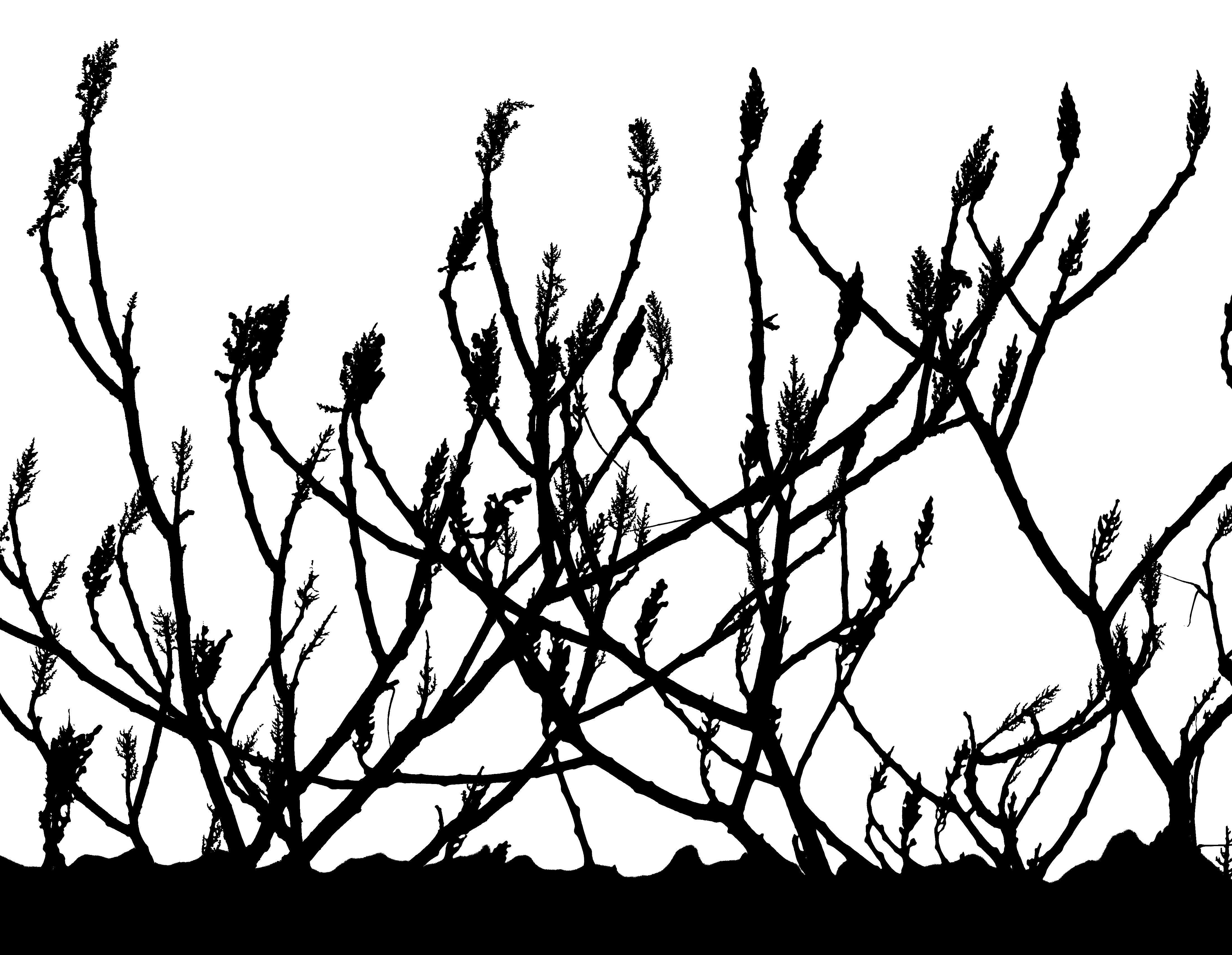
Sumac again.
This sumac still has some of it dried fruits, producing a cluster of dancing seed heads in contrast to the earlier sea worms of its bare branches.
The forest will soon be turning green and the woody architecture will be hidden behind lively leaves. That will bring out new personalities in many of these trees.

